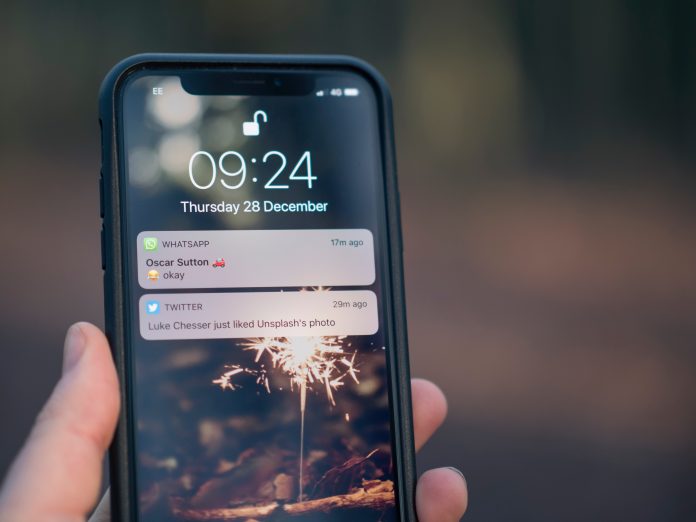What do small businesses and large corporations have in common? Promotion. Not promotion as in promoting Bill, the sales guy, to the managerial level. Promotion as in advertising. Conveying your brand’s message to the target audience is critical to success, no matter the size of the organization.
Huge companies, such as Nike, Coca-Cola, and PepsiCo, dedicate considerable percentages of their assets to advertising. Great creative, media time and national distribution cost a pretty penny. You may be thinking that effective advertising is only attainable through multimillion-dollar campaigns. Just because Apple has the resources available for large-scale promotional efforts doesn’t mean that your home business can’t successfully advertise.
As of now, you’re probably depending on social media to drive traffic to your website and/or brick and mortar store. It seems like everything you post across your social media accounts has a small effect, if any, on your sales. If your business is service-based, you may find your credibility struggling to gain traction. So, how can your promotions break through the clutter to engage with your desired consumers? Moreover, how can you do this while maintaining an economical budget?
Push Notifications
A brief history will shed some light on the ingenuity of push notifications. These notifications are not even a decade old, with their birth at Apple in 2009. The tech giant led the industry with the launch of the first push notification service, Apple Push Notification Service (APNs). Google was quick to follow with their own service, Google Cloud to Device Messaging (C2DM), in 2010. Three years later Google went above and beyond to include images and action buttons in the notifications. Apple innovated again in 2014 to add interactive buttons and, later, advance push notifications to the Apple Watch.
But, what do these notifications do? This type of notification pops up on a mobile device, similar to SMS text messages. Push notifications are generally used to re-engage a consumer to stimulate interest, ideally leading to a purchase. Once smartphone users opt-in, they will receive push notifications whether their device is in-hand or tucked away. Users will be prompted to opt-in to receive notifications upon the download of your app.
Mobile App Development
This means that you have to develop an app prior to devising the push notification strategy. Before you start hyperventilating, it is important to realize that creating an app isn’t as difficult as you presume. There are freelance app developers teeming right under your nose. They can cultivate iOS and Android apps for prices that an entrepreneur can afford. In fact, there are 8 steps to hiring the best freelance app developer for your brand.
Even though your app is up and running, it’s not quite time to focus solely on push notifications. App acquisition is first and foremost. You can’t reach your consumers until they install your app. Some incentives for app downloads include discounts and exclusive content. Once you implement your airtight acquisition strategy, your focus should shift to app retention.
Push Notifications to Increase Mobile App Retention
App retention is something that many marketing teams and businesses struggle with as most users forget or delete the application after one month. If you can get a retention percentage near 25%, you’ll already be steps ahead of larger brands. Moreover, push notifications play a significant role in app retention, boosting it by 23% after only 3 months.
Our friends at CleverTap sent 40 billion messages in order to figure out push notification best practices. They provide detailed data and explanations to demonstrate how push notifications can help your business. Scroll to the infographic below to discover push notification engagement tips that convert.
Just like some of the best activities in life, a few careless people (companies in this case) ruined push notifications for everyone. Not to say they aren’t effective, because they are a great facet of your marketing strategy. But, only 60% of Android users and 45% of iPhone users choose to receive alerts and notifications from downloaded apps. It’s likely that the constant bombardment from reckless companies has deterred some users from push notifications for life.
Push Notification Tips
If your strategy includes tactics for what time and how often to send notifications, you can jump that hurdle. Furthermore, take advantage of the 7-8am window. It seems some of the highest CTR (click through rate), yet most apps opt to send notifications during lunch and after the workday.
Personalization is also a vital method for creating a push notification with a high open rate. Make it feel more like a friendly text rather than a promotional message by inserting the user’s name and emojis. This simple embellishment can improve the CTR by as much as 70%. Prove to your user that you understand their needs and want to connect with them on a personal level, rather than transactional.
For more advice regarding the most effective push notifications, see the infographic from CleverTap below.
Find a Home-Based Business to Start-Up >>> Hundreds of Business Listings.



















































This was a very meaningful post, so informative and encouraging. Thank you for this post.